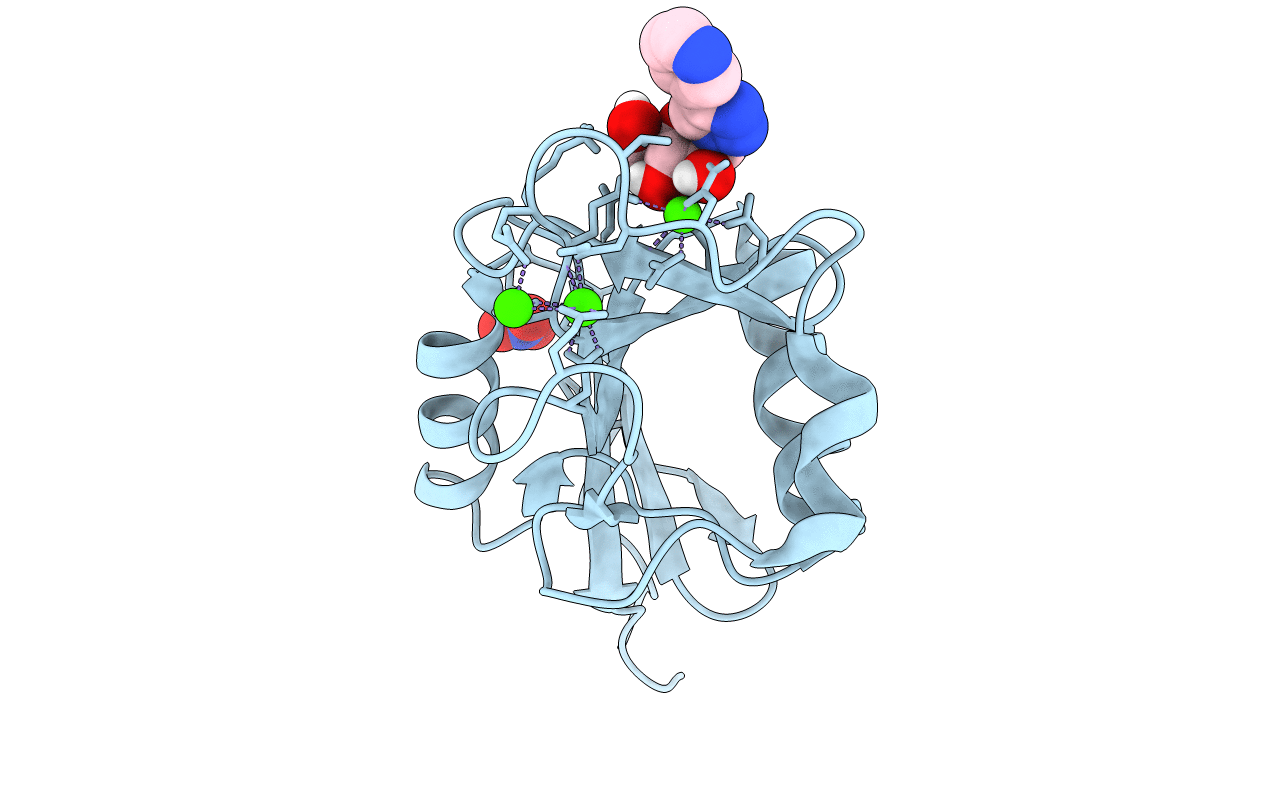
Deposition Date
2021-02-22
Release Date
2021-10-27
Last Version Date
2024-10-09
Entry Detail
PDB ID:
7NL6
Keywords:
Title:
Crystal Structure of DC-SIGN in complex with a triazole-based glycomimetic ligand
Biological Source:
Source Organism:
Homo sapiens (Taxon ID: 9606)
Host Organism:
Method Details:
Experimental Method:
Resolution:
2.20 Å
R-Value Free:
0.22
R-Value Work:
0.19
R-Value Observed:
0.19
Space Group:
P 3 2 1


